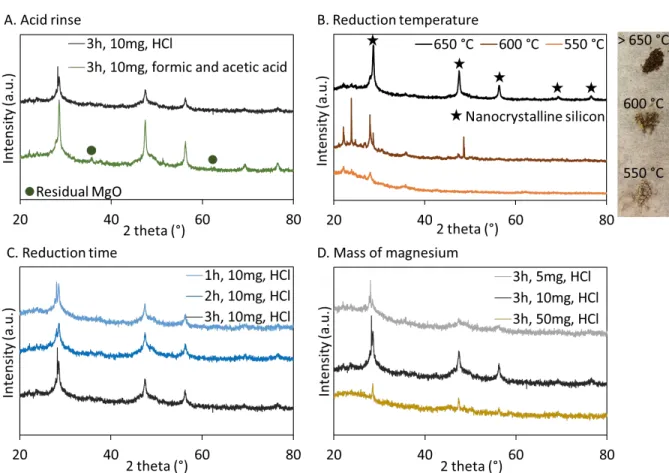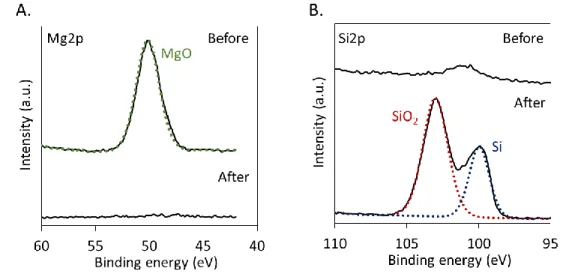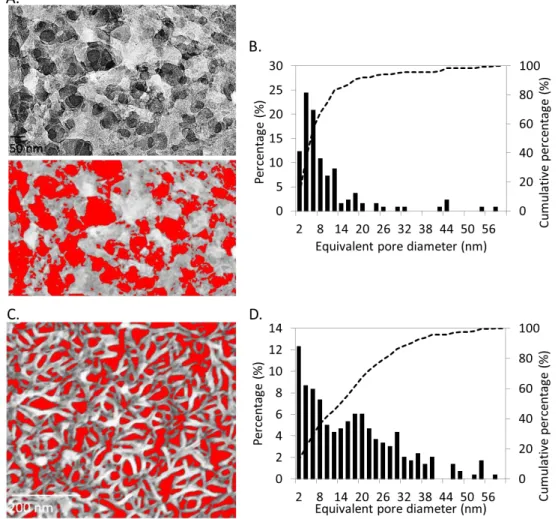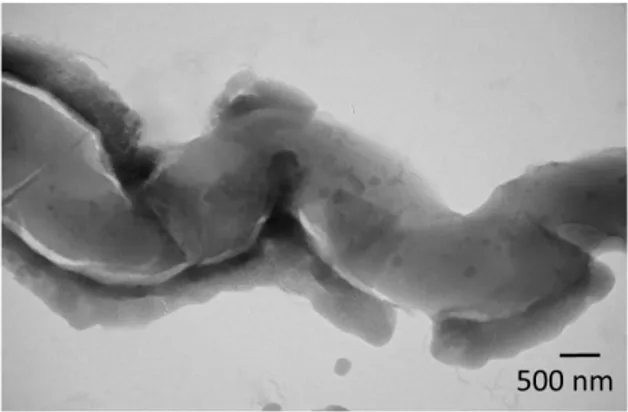Biotemplated Silica and Silicon Materials as Building Blocks for Micro- to Nanostructures
Texte intégral
Figure
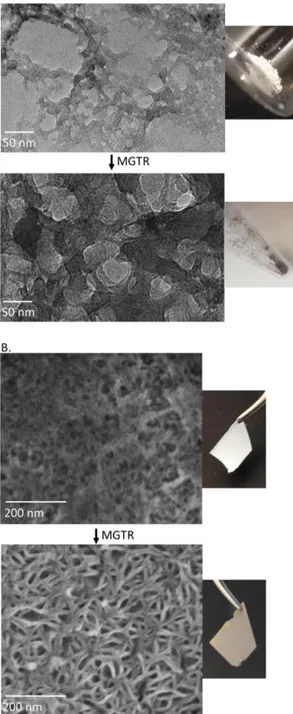
Documents relatifs
By taking a cursory outlook on the regional planning in Japan from Meiji Era to the present time were possible to construct a full picture regarding the influence major
As in case of metallic glasses and as-quenched silica glasses the relation between the activation energy of a thermally-activated event and its attempt frequency was considered for
Nevertheless, these simplified calculation results help to shed new light at the role of laser-induced inhomogeneities, interference between the incident and inhomogeneity-
En effet, à partir des vingt trois études incluses dans la méta-analyse, le risque global de valvulopathie associé aux aPL chez les patients atteints de lupus est de 3.13 [IC 95%
Production, impression et caractérisation de différents types des films polyéthylène basse densité
La transposition de résultats acquis ailleurs ayant montré ses limites, les réponses ont été élaborées grâce à la compréhension du fonctionnement des systèmes et ont
Likelihood methods based on point processes assume that either the components of the multivariate point process are independent, or that simultaneous occurrences
Using 1.0 fb −1 of pp collision data collected at a centre-of-mass energy of √ s = 7 TeV with the LHCb detector, measurements of the polarization amplitudes, strong phase difference
